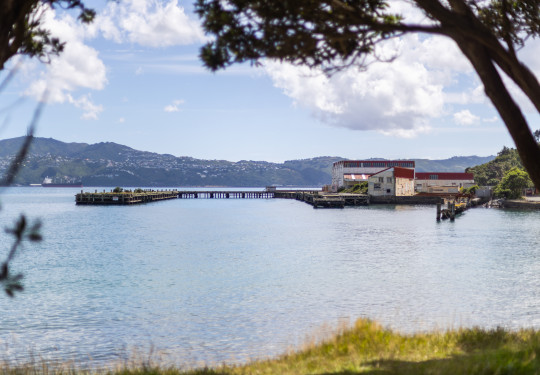Formerly known as HMNZS Cook
Wellington's Shelly Bay was formally commissioned as HMNZS Cook on 1 June 1944. Three vessels were assigned to assist with anti-submarine netting maintenance and anti-submarine targeting.
03 March, 2023
Since the former defence base at Shelly Bay on Wellington’s Miramar Peninsular (Te Motu Kairangi), was handed back to the government in 1995, the buildings and infrastructure had deteriorated dramatically while decisions were made on developing the site.
With work starting on a new housing development which will secure its future, we look back on its past as Wellington’s first line of defence during conflict.
Te Motu Kairangi was sold as part of the Wellington purchase to the New Zealand Company in 1839. The land was acquired by former Royal Navy officer, James Crawford, who named it Miramar (Spanish for ‘Sea View’).
In response to fears about an invasion by an expanding Russian empire, the Crown requisitioned Shelly Bay in 1885 under the Public Works Act for use as an anti-submarine mine depot. It was this ‘Russian scare’ that led to the building of major coastal artillery fortifications to protect New Zealand’s cities.
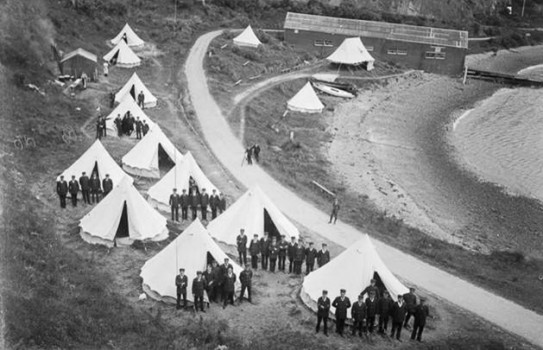
Submarine and Torpedo Mining Corps, Shelly Bay 1899
In 1907, the Royal Navy took responsibility for Shelly Bay and any intended use. A new wharf and munitions stores were constructed but these had limited use during World War I or in the post war years.
However, in 1941 with the establishment of the Royal New Zealand Navy (RNZN), ownership of the base was transferred to the RNZN. Following the attack on Pearl Harbor and Japan’s string of rapid strategic victories southward, along with the ongoing threat from German auxiliary raiders, Shelly Bay was expanded significantly with new accommodation, dining facilities, messes, workshops, slipways, a hospital and other infrastructure.
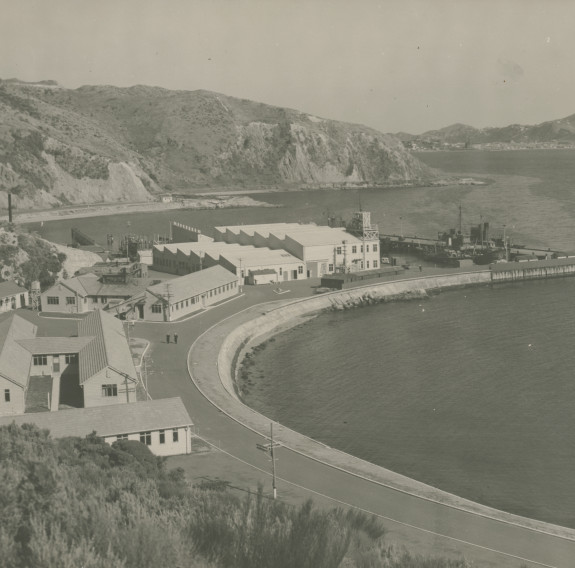
HMNZS Cook looking south 1944
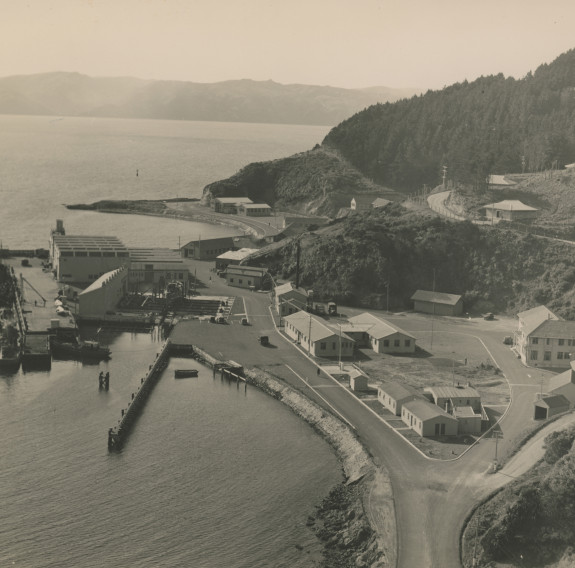
HMNZS Cook looking north 1944
Shelly Bay was formally commissioned as HMNZS Cook on 1 June 1944. Three vessels were assigned to assist with anti-submarine netting maintenance and anti-submarine targeting.
HMNZS Cook was also the maintenance depot for the four Fairmile coastal patrol vessels which were based at Clyde Quay in Wellington.
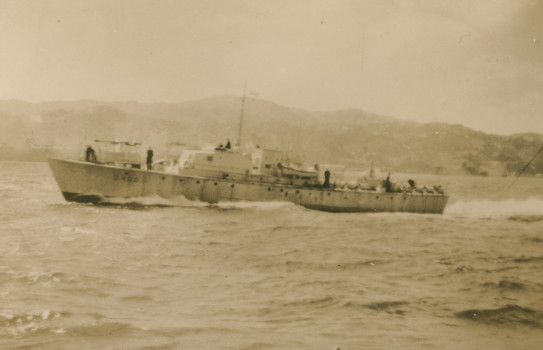
Fairmile Coastal Patrol Vessel Q400 in Wellington Harbour (in service 1942 – 1945).
A badge for HMNZS Cook was designed but was never used as the requirement for it was superseded by the transfer of the Base to the Royal New Zealand Air Force (RNZAF).
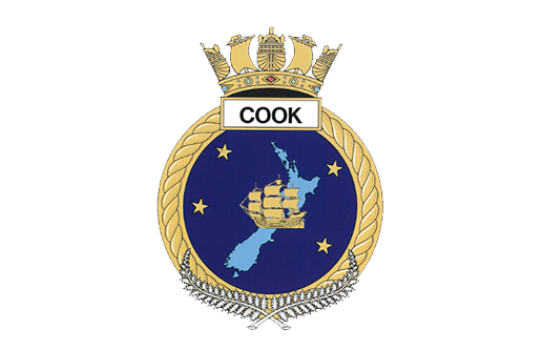
With the demobilisation of the RNZN after the war, HMNZS Cook ceased operations on 1 April 1946 and was decommissioned on 18 June 1946. The site was handed over to the RNZAF but the RNZN retained rights to use it as a naval base in case of emergency. The slipway facilities were leased to commercial operators. In the postwar period, RNZN patrol craft and survey vessels would tie up and refuel there.
Shelly Bay was used by the RNZAF for transit and permanent accommodation for NZDF personnel working in Wellington and there was also a motor transport group attached. The Base finally closed in 1995 and the New Zealand Defence Force handed the land back for disposal.
In 2009, the land and buildings were transferred to Taranaki Whānui ki Te Upoko o Te Ika as a part of a Treaty of Waitangi settlement.
Historic photos courtesy of National Museum of the Royal New Zealand Navy.
